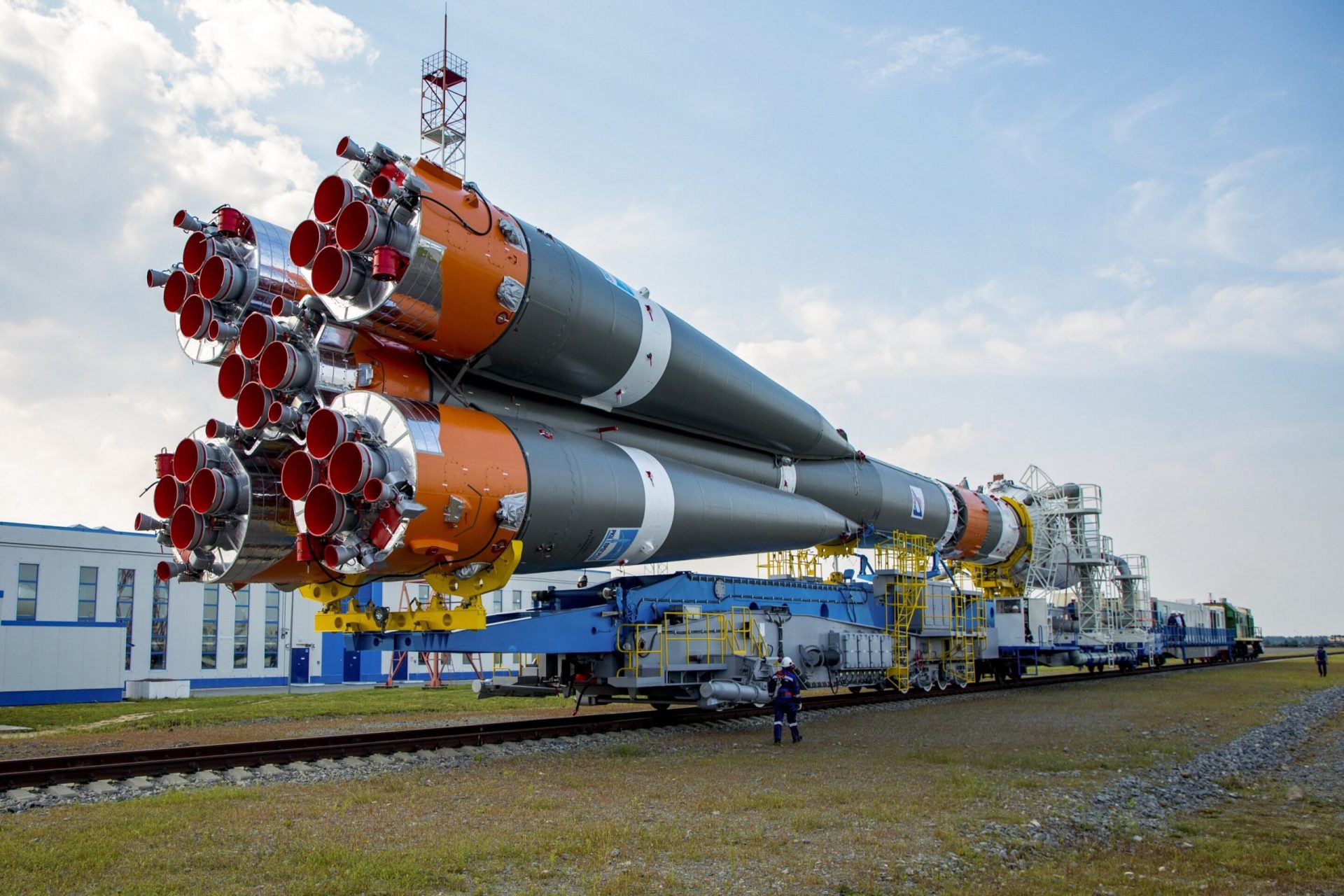Russia is set to embark on an exciting lunar mission, marking its return to the moon after almost half a century. This launch will put Russia in a space race with India, as both countries aim to land lunar crafts this month.
The Luna-25 craft will be Russia’s first moon mission since 1976, when it was still part of the Soviet Union. Notably, this mission will be conducted without assistance from the European Space Agency, which ended cooperation with Russia due to its invasion of Ukraine.
The Russian lunar lander is expected to reach the moon on August 23, around the same time as an Indian craft that was launched on July 14. Both countries’ modules are headed for the lunar south pole, a challenging area where no spacecraft has successfully landed. So far, only the Soviet Union, the United States, and China have achieved successful moon landings.
Roscosmos, Russia’s space agency, aims to demonstrate Russia’s capability to deliver payloads to the moon and secure guaranteed access to the lunar surface. However, this mission is not solely about lunar exploration. It is also driven by political competition between superpowers like China and the U.S., as well as other countries vying for the title of space superpower.
Sanctions imposed on Russia following the Ukrainian invasion have made it more difficult for the country to access Western technology, impacting its space program. To improve reliability, the Luna-25 had to abandon the initial plan of carrying a small moon rover, as using domestic electronics would have increased the craft’s weight.
The Luna-25 will be launched from the Vostochny Cosmodrome in Russia’s Far East, a significant project for Russian President Vladimir Putin. This spaceport plays a crucial role in Putin’s efforts to establish Russia as a space superpower and shift Russian launches from the Baikonur Cosmodrome in Kazakhstan.
It remains uncertain whether Putin will attend the lunar lander’s launch. In 2016, he was present at the failed launch of a Soyuz rocket, and Russian media reported that he strongly reprimanded officials afterward.
In 2019, India’s previous attempt to land at the moon’s south pole ended in failure when the lander crashed. The lunar south pole is of great interest to scientists due to the possibility of finding water in the permanently shadowed polar craters. This frozen water could potentially be transformed into air and rocket fuel by future explorers.
“The moon is a pristine laboratory, largely untouched and holding the entire history of its existence,” said Ed Bloomer, an astronomer at Britain’s Royal Observatory, Greenwich. “It offers a unique environment unlike anything on Earth.”
The Luna-25 mission aims to collect samples of moon rock and dust, which are crucial for understanding the moon’s environment before establishing any permanent structures. Without this knowledge, structures could be rendered useless within months due to the abrasive lunar conditions.








